You might have noticed it lately: In spring and summer we are all about raffia at ABURY. Colourful summer shoes from Morocco, with or without laces, slippers with tassels or without – handmade of a material that is a lot more than just nice to look at and comfy to wear around on a warm sunny day. Let us take a little trip to tropical coastlines of Africa and look up at the palm trees. That’s where natural raffia comes from.
What is Raffia?
As you have read in our previous article about the production of our raffia shoes, natural raffia is a straw-like material that is gained from a palm tree. Its origin is Madagascar, but over the years raffia palm trees can be found in other parts of Eastern Africa too after successful transplantation. They look similar to many other palm trees yet a bit funny too – the trunk is quite short and the leaves are huge in comparison – in fact, the raffia palm tree holds the largest leaves of all plants on planet earth: 25 meters long and 3 meters. Its fruit has a shiny brown colour.
 © Photos via Pixabay.com
© Photos via Pixabay.com
Each one of the palm branches is made of nearly one hundred leaflets, which yield the magic ingredient not just for our fashionable summer shoe but for many other items you surely have come across in your daily life. But more about that later…
To create the raffia fibre, local collectors cut the raffia palm tree’s leaves vertically and give them a nice little sunbath to dry. They turn into strands and the green colour of the fresh raffia palm leaves turns into beige raffia strings.
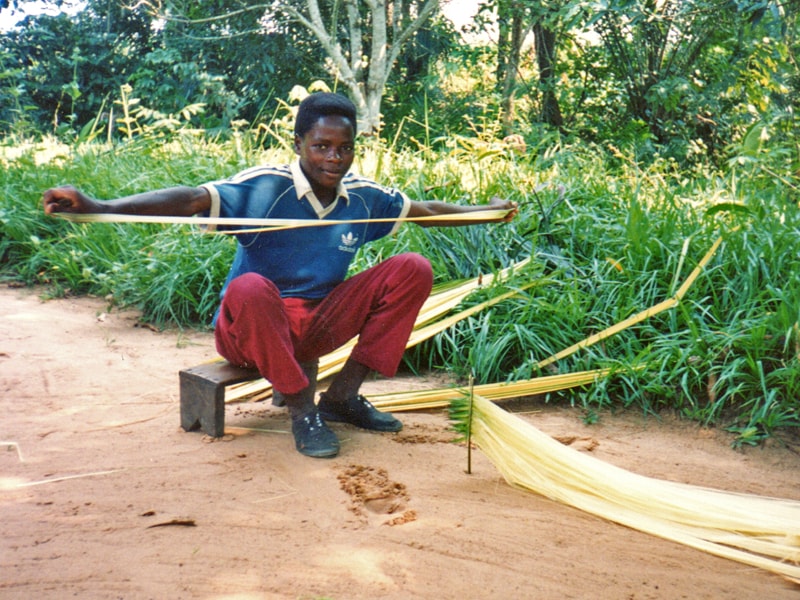 © “Making raffia rope” by Nick Hobgood is licensed under CC BY 2.0
© “Making raffia rope” by Nick Hobgood is licensed under CC BY 2.0
So… What makes Natural Raffia Fiber Special?
First of all, natural raffia – as the name implies – is a material gained from our given nature and when dyed with organic dye, very sustainable. The harvesting of the raffia palm leaves, the dying and the packing are done manually by locals with the utmost respect for the environment. These locals harvest the raffia palm tree only during the months from June to October each year, which allows the branches and leaves to regrow before the next year and the next harvest season. This is in fact controlled by strict government laws.
Also, natural raffia is very soft and beautiful to touch and wear. It is pliable, strong and extremely durable, and it can be dyed easily. Therefore raffia fiber is a very popular material in crafts and in high fashion. Lastly, as implied before, it is 100% natural and therefore biodegradable.
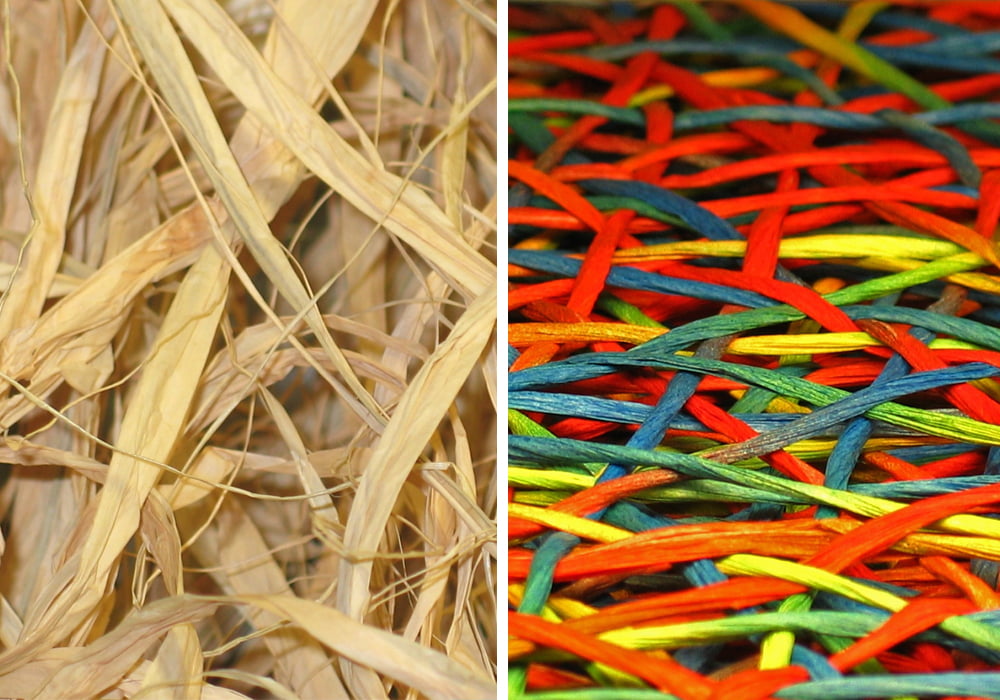 © Photos via Pixabay.com
© Photos via Pixabay.com
What is Raffia Used for?
Firstly, of course natural raffia is an excellent material to use in fashion, for example for light raffia summer shoes. The flexibility and durability of the raffia fibre make it an excellent basis also hats or handbags. However, it is also used for agricultural purposes to tie vegetables, plants or flowers. In fact, you can often find it in a woven form as part of decorations in interior: baskets, table skirts, ropes, ribbons around boxes, bottles or candles, etc. Natural raffia is also very popular as gift embellishment or as filler of packages.
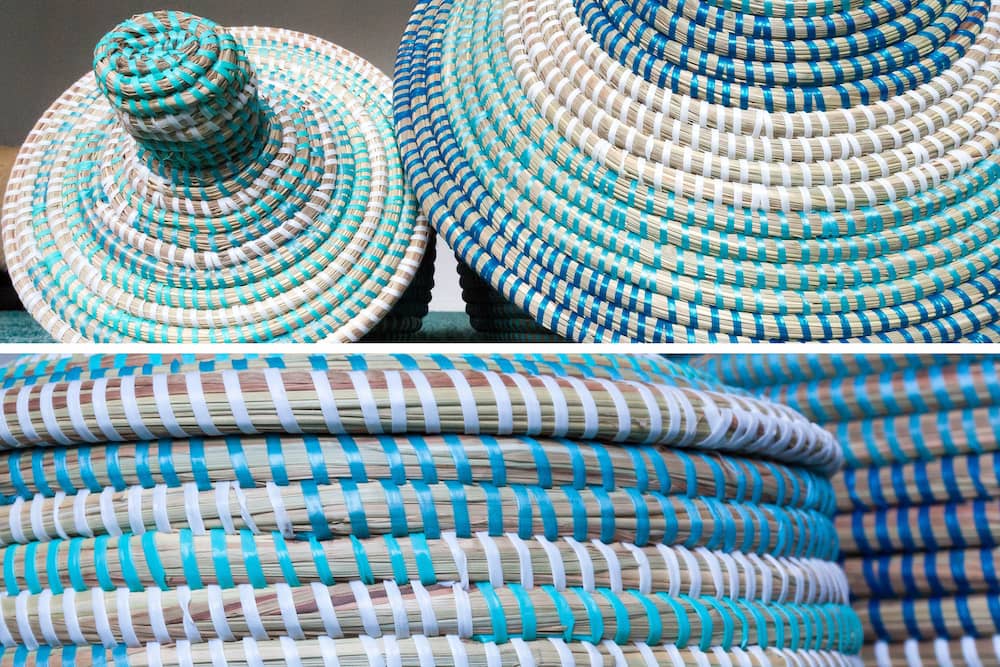 © Photo via Pixabay.com
© Photo via Pixabay.com
But not just the raffia fibre that is gained from the raffia palm leaves is processed and used – when a raffia palm tree branch is harvested, it is used as a whole: The leafstalks are used to build furniture, similar to the use of bamboo. The leaf blades are used for roofing.
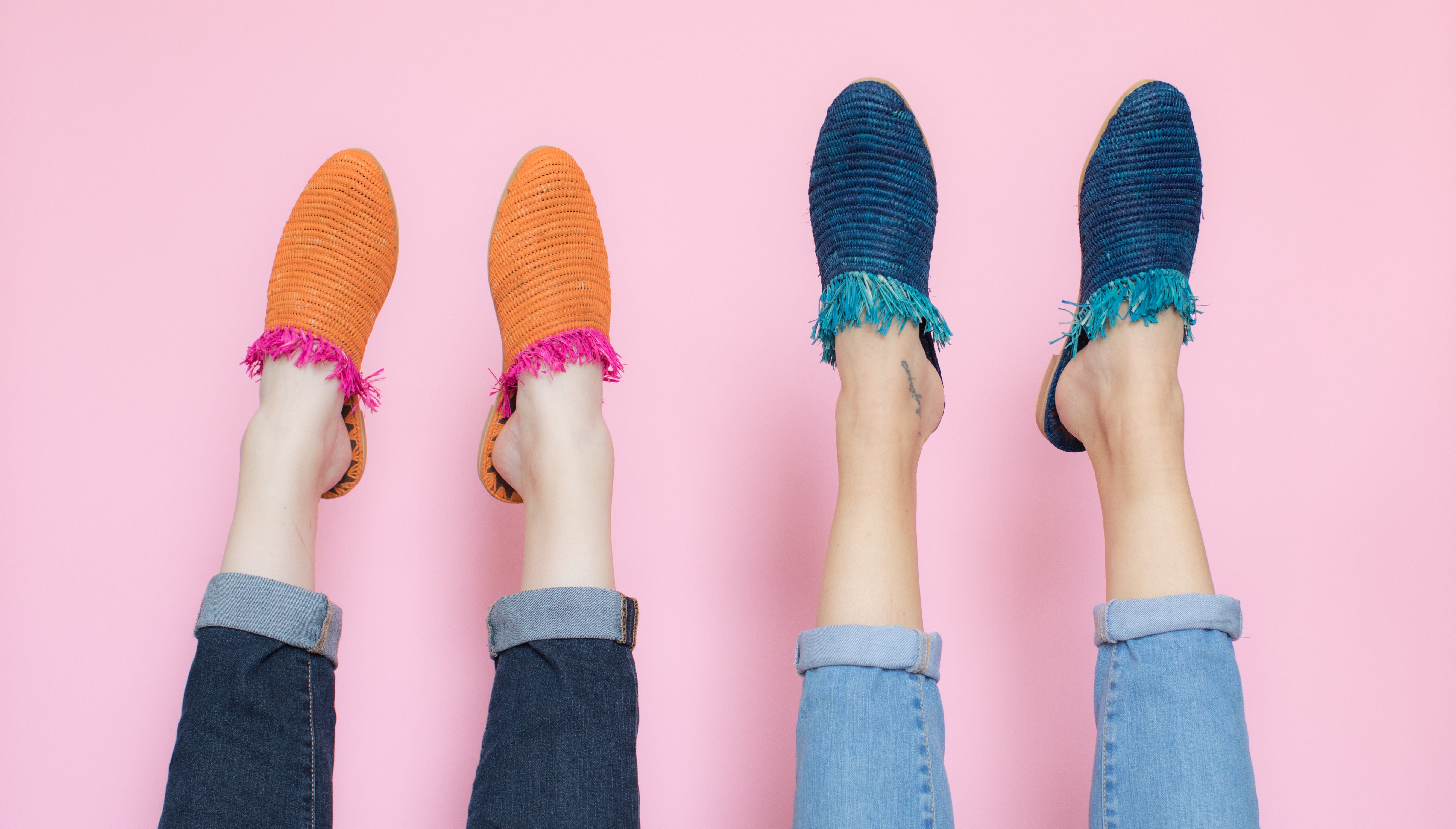 © Photo via ABURY
© Photo via ABURY




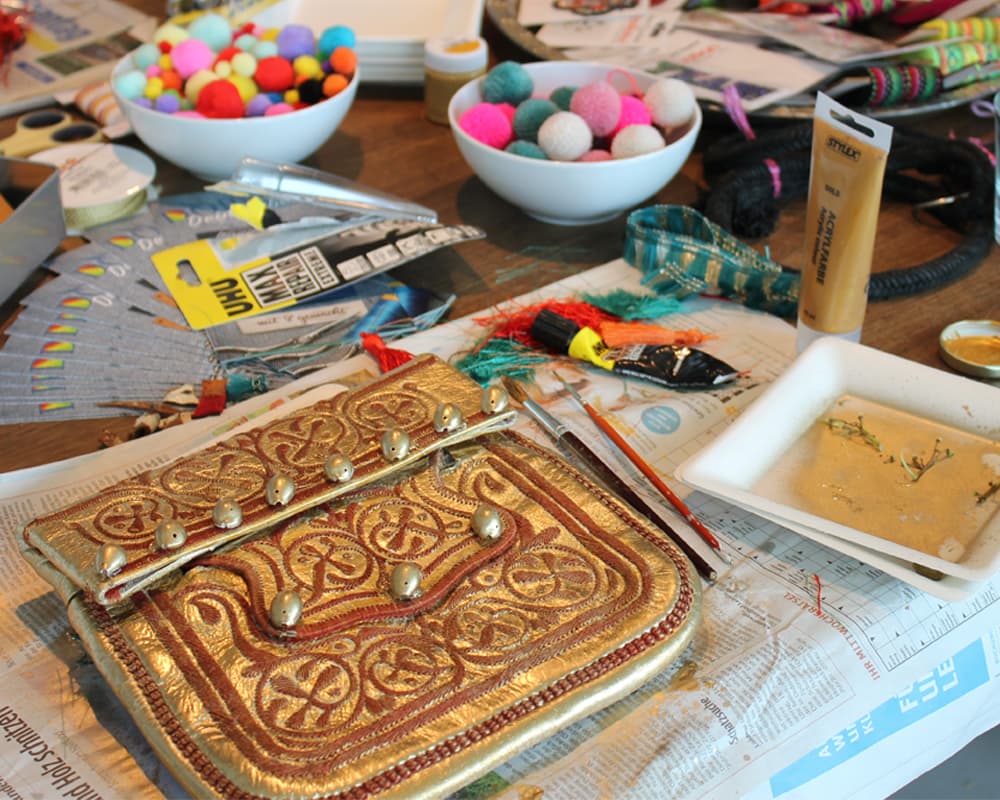
Share: